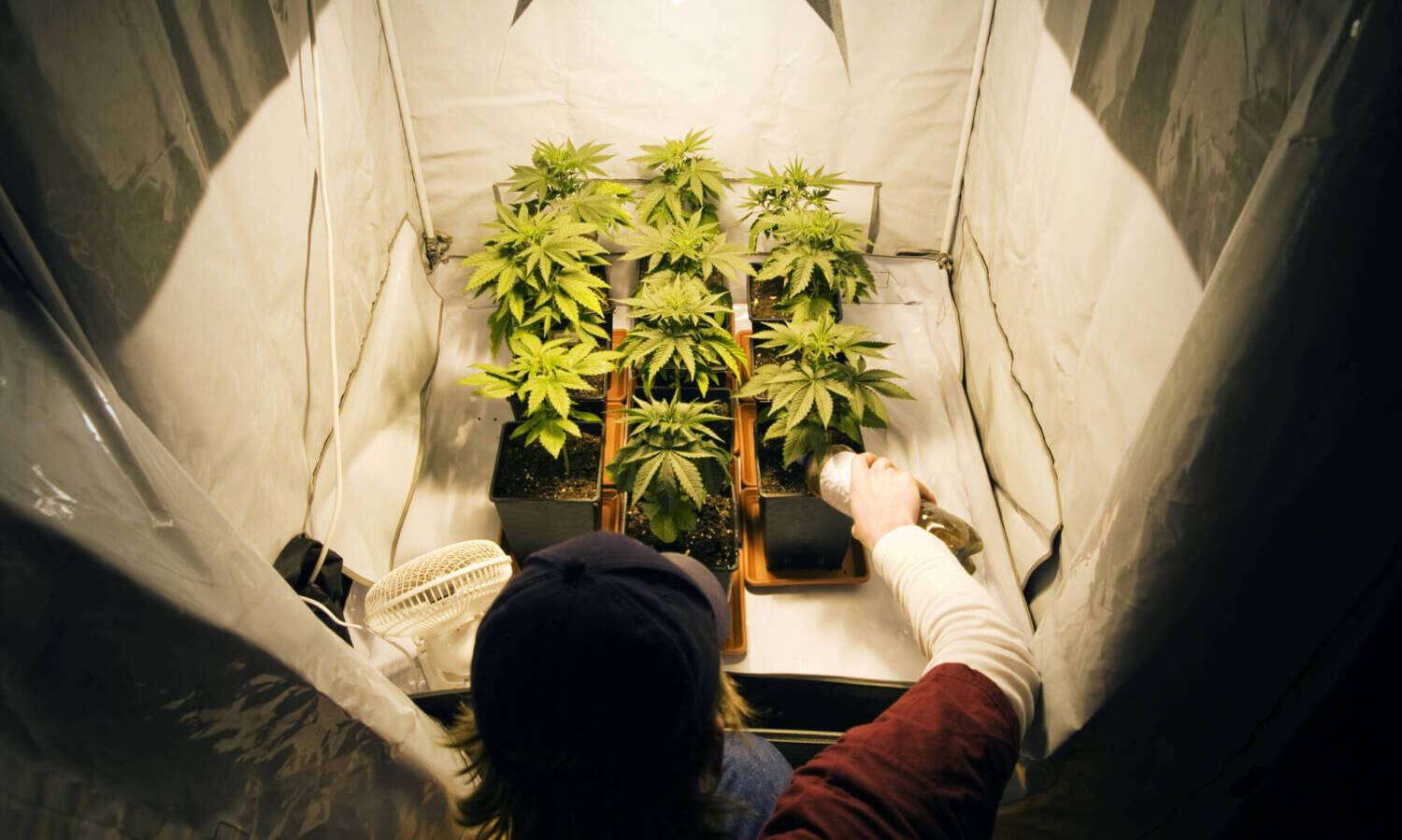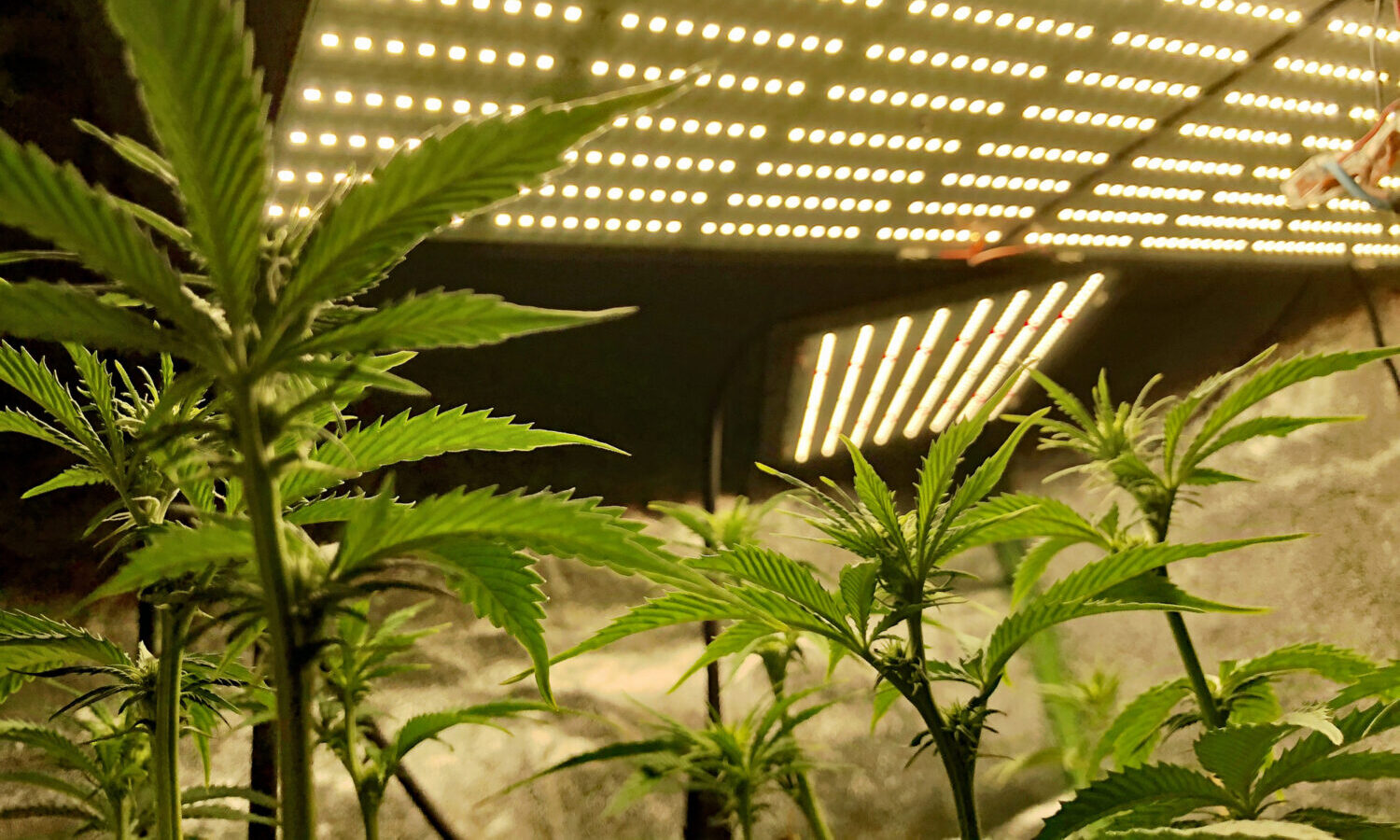
Soil is the most well-known and recognizable growing medium. Cannabis and other plants have been grown in soil for many years. But there are now a lot of additional soilless growing options available for your cannabis.
A cannabis plant can grow and flower regardless of the medium as long as the roots have room to expand and access fresh oxygen, water, and the right nutrients. However, the majority of growers will have a strong personal preference for a particular medium based on factors like desired yields, ease of use, and growing space. The following is a list of the most typical media utilized by expert growers in the cannabis industry:

Growing Cannabis in Soil
In addition to an outdoor planting area, continuous monitoring, and a basic understanding of soil management, growing weed in soil demands a lot of patience. Although most beginners adopt this strategy, there may be some issues before you can eventually reap the rewards of your labor. You won’t have much trouble following the steps if you’ve ever grown plants indoors or outdoors before.
The potential for the success of outdoor cannabis cultivation is its biggest benefit. The size and height your plants may attain will give you a year’s worth of freshly produced cannabis if you have enough room to plant your seeds. The trick is to create and keep up perfect growing conditions, which don’t just rely on the soil’s nutrients and growing characteristics.
Pros and Cos of Growing Weed in Soil
Pros:
- Reduced costs.
- The process is easy to understand and follow
- Requires no special equipment
- Massive cannabis harvest
- Eco-friendly technology.
Cons:
- Less control of the result.
- Local weather and climate can be a problem.
- Requires continuous supervision.
Growing Cannabis in Rockwool
A substrate called rockwool is made by spinning molten basaltic rock into fine strands. How does it relate to marijuana cultivation? Rockwool appears to be the ideal substrate for hydroponic growing setups. Rockwool is widely used in commercial cannabis production and is not disregarded by personal hydroponic growers due to its inert qualities, natural capacity to hold water, and ability to give adequate oxygenation to the plant roots.
RELATED: What Is Rockwool And Why Is It A New Buzzword In The Marijuana Industry?
The idea of growing marijuana in rockwool initially strikes you as odd. But with all of the advantages, it’s the best option for those just starting with hydroponic horticulture. No less rigorous than the others, rockwool media is completely devoid of organic materials. Additionally, the surroundings are clean and devoid of harmful metals.
Why bother looking at other growth mediums if rockwool is so perfect for growing cannabis? Rockwool is not an exception to the norm; no media is ideal. Rockwool’s effect on the environment is its main drawback. It cannot be recycled, is not biodegradable, and is typically not produced in a sustainable manner.

Pros and Cons of Rockwool Planting
Pros:
- It can be used for both hydroponics and soil growing.
- It is not difficult to set up and maintain.
- The growing environment is germ-free, free from organic threats and metals.
- It provides good drainage and easy root penetration.
- Warmth, moisture, and darkness of rockwool cubes result in great germination.
Cons:
- It is not an eco-friendly method.
- Stabilizing water pH can be a serious issue.
- Rockwool is not sustainable or biodegradable.
Growing Cannabis in Peat Moss
Cannabis grown with peat moss increases the likelihood of a plentiful harvest and decreases the likelihood of failure. Both growers using soil and those using hydroponics can benefit from the usage of peat moss as a fertilizer. However, don’t squander time if you intend to employ peat moss in your nearby cannabis garden. Weeks are needed to prepare peat moss for gardening.
RELATED: Rookie Errors To Avoid When You Are Just Starting To Grow Weed
The excellent news is that peat moss can be used to achieve the ideal pH for cannabis. An expert grower is aware of the significance of a balanced pH. Peat moss can be used with alkaline soil additions because of its acidic pH level. As a result, successful cultivation and efficient absorption of all necessary nutrients are guaranteed.
Pros and Cons of Using Peat Moss
Pros:
- Adds healthy nutrients.
- Has promising water-holding capacity.
- Carries an important role in the acidifying process.
- Has outstanding resistant properties and is contamination free.
- Enriches the grow environment with beneficial microorganisms.
Cons:
- Requires much time to prepare.
- Can lead to soil compression.
- Raises concerns of sustainability.

Growing Cannabis in Coco + Perlite
Another alternate option that is well-liked by cannabis enthusiasts is growing marijuana in coco coir. Before weed gardeners discovered how to make use of the coconut husk, it was seen as a waste product. Its refined fiber provides an almost ideal environment for marijuana cultivation. This medium, which has an average pH of 6.5-7.0 and is oxygen-rich and superbly water-retentive, is beneficial for both outdoor and indoor plants.
Cannabis grown by flushing in coco is the most environmentally friendly method. This process is completely recyclable and green. To improve your probability of a fruitful and successful harvest, you can choose to add specific cannabis perlite. Both soil and hydroponic farming schools advise using the obsidian supplement perlite. It stimulates root development, boosts oxygen levels, and reduces soil weight when applied to coco coir.
RELATED: Is There Really Any Difference Between Cannabis Grown Indoors Vs. Outdoors?
Although it takes more work and knowledge, growing cannabis on coco coir produces significantly better results than growing it in just soil. Try planting in coco coir as the next upgrade if soil growing is no longer difficult for you.
It is more difficult to choose between peat moss and coconut coir. Go for coco coir without hesitation if you are a committed conservationist or in a time crunch. Give peat moss a try if you enjoy gardening in general, strive for the finest outcome, and have enough time to prepare the growing medium. Contrasting these mediums’ characteristics is challenging. It is therefore preferable if you can examine peat moss and coco coir in action to evaluate which result best suits your needs.
Pros and Cons of Coco + Perlite
Pros:
- The technique is easy.
- Coco coir is as accessible as soil.
- It is a totally eco-friendly cultivation process.
- Has a light structure that is better for root development.
Cons:
- Needs to be hydrated in order to activate.
- Requires nutrients, such as cannabis perlite.
Bottom Line
Different cannabis enthusiasts and growers have their preferred method of growing cannabis, with each method having its advantages and drawbacks, some more than others. Using these methods is acceptable, you just have to know the pros and cons and choose what’s best for you.
This article originally appeared on Cannabis.net and has been reposted with permission.




